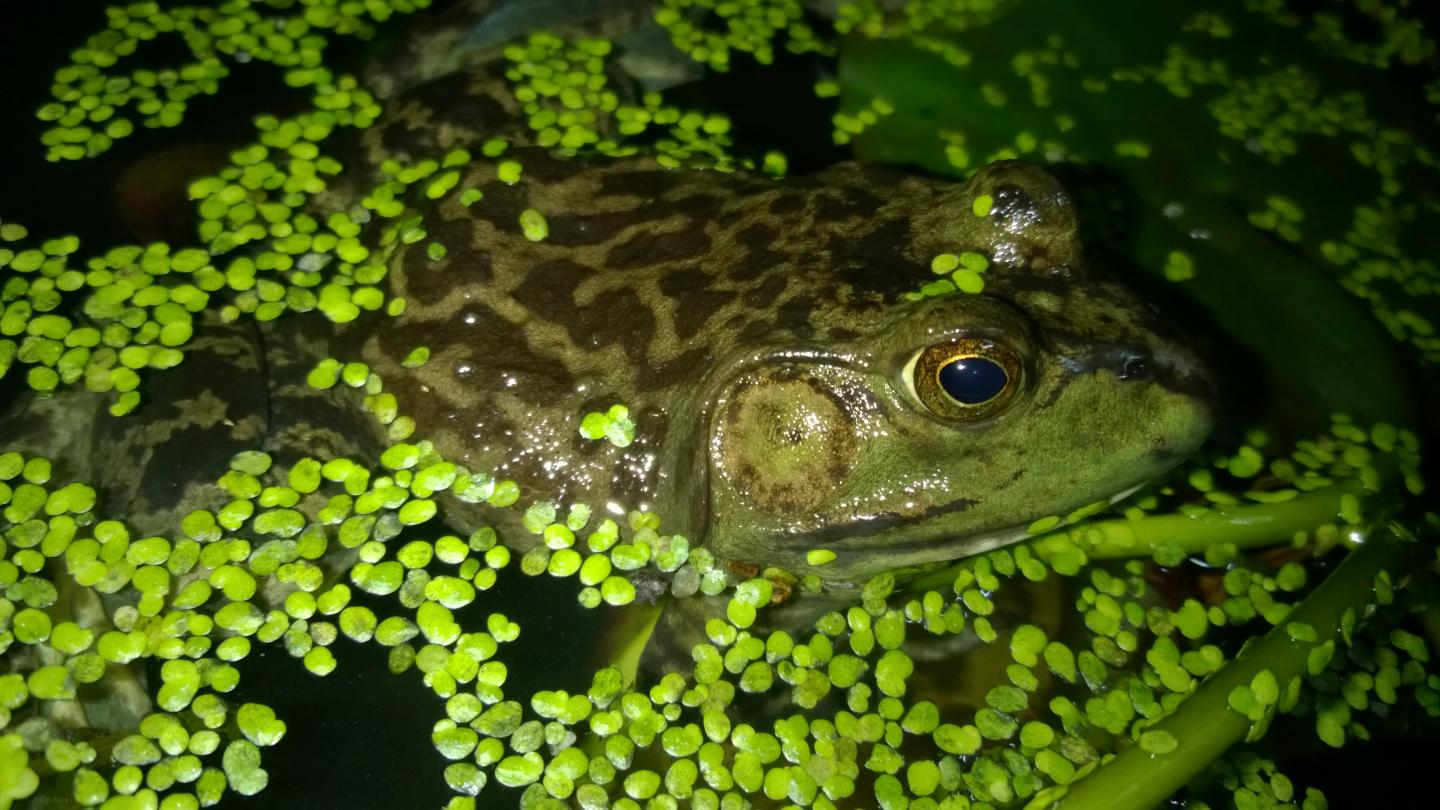China's Belt and Road Initiative (BRI), launched five years ago, includes more than 120 countries, linked by six proposed land-based Economic Corridors between core cities and key ports along traditional international transport routes. But, as new evidence reported in the journal Current Biology on January 24 shows, the risk of introducing invasive species into new areas is substantial as it would threaten native species and biodiversity.
The findings highlight an urgent need to evaluate and proactively manage the risks of biological invasions, the researchers say.
"Of particular concern, we find that the majority of both introduction hotspots and areas with high habitat suitability fall along the six proposed Economic Corridors," says Yiming Li of the Chinese Academy of Sciences.
To assess the risk of biological invasion in the new study, the researchers estimated the current invasion risk for 816 globally established alien terrestrial vertebrates across four taxa, including 98 amphibians, 177 reptiles, 391 birds, and 150 mammals across BRI countries. They calculated risk based on the likelihood of a species being introduced into a new area and the likelihood that it would become established if it were.
Their analyses show that approximately 15 percent of areas in BRI countries have high overall introduction risks of new vertebrate species as people and cargo move about. Those areas of high risk also are found in the vast majority of BRI countries.
More than two-thirds of the BRI countries also have high habitat suitability, making it more likely that a species, once introduced, might remain. The researchers identify 14 "invasion hotspots"--regions with both high introduction risk and high habitat suitability in many parts of the world, including the Caribbean Islands, northern Africa, eastern Europe, southeast Asia, and many more. Unfortunately, many of the areas most susceptible to biological invasion also fall along the six proposed Economic Corridors by BRI.
Based on the results, Li's team urgently recommends "the initiation of a project targeting early prevention, strict surveillance, rapid response, and effective control of alien species in BRI countries to ensure that this development is sustainable."
Their new study is a place to start, providing key information for those vertebrate species with the highest invasion risk in BRI countries, which can help to facilitate the participation of members of the general public and governmental agencies in the prevention of biological invasions. It can also help to inform resource managers working against invasive species within their areas.
Based on the findings, the researchers call for stricter screening for alien wildlife, including imported commodities, vehicles, and equipment through airports and seaports and along other transportation corridors. Noting limited resources in many BRI countries, they suggest the establishment of a special fund to support the operation of biosecurity measures.
While it's not yet possible to evaluate the impact of development related to the BRI on invasions over the last five years, the new findings suggest that the risk is likely to increase considerably in the near future. Climate change will bring even greater environmental challenges. The researchers say they plan to explore changes in the expected risks of biological invasion on a warming planet to facilitate the most effective biosecurity strategies.
###
The researchers were supported by grants from the National Science Foundation of China, the Youth Innovation Promotion Association of the Chinese Academy of Sciences, the Key Program of the Chinese Academy of Sciences, and China's Biodiversity Observation Network.
Current Biology, Liu et al.: "Risks of Biological Invasion on the Belt and Road"
https://www.cell.com/current-biology/fulltext/S0960-9822(18)31670-1

This image shows the American bullfrog (Lithobates catesbeianus), one of the worst invasive amphibians. It is a predator and competitor of many small vertebrates and is responsible for spreading the chytrid fungus that has caused amphibian population declines.(Image by IOZ)
https://www.eurekalert.org/pub_releases/2019-01/cp-bsn011719.php?tdsourcetag=s_pcqq_aiomsg

